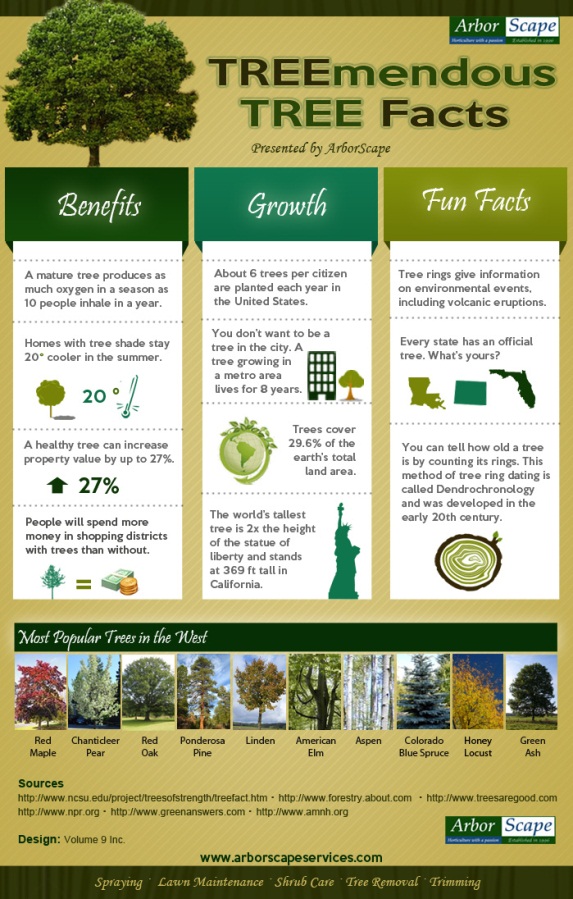After a tree's removal, your landscape may look rather various, and it's vital to analyze the results very carefully. You'll want to examine the soil disruption and inspect surrounding plants for any type of indications of stress and anxiety. Ignoring these variables can bring about larger problems down the line. So, what should you make with those stumps and origins? And exactly how do you choose the most effective plants for your rejuvenated room? Allow's check out these essential actions.
Assessing the Aftermath: Evaluating Your Landscape
After a tree removal, it's critical to analyze your landscape to understand the impact it has on your lawn.
Start by checking out the area where the tree stood. Search for indications of soil disruption, and check the bordering plants for any anxiety or damage.
You ought to likewise make note of just how the removal has actually transformed sunshine exposure and air movement in your garden. This shift can impact the development of neighboring plants, so it's important to review their health and wellness.
Consider Prune Chaste Tree may create an open space that you can upgrade.
Finally, think of any type of prospective erosion issues that may arise from the tree's lack. Dealing with these variables early will assist recover balance to your landscape.
Taking care of Stumps and Origins: Options for Removal
Once you have actually analyzed the after-effects of the tree elimination, you'll likely require to deal with the stump and roots left behind.
You have a couple of options for elimination. One efficient technique is stump grinding, where a professional utilizes a device to grind the stump to underground degree. This technique leaves very little disruption to your landscape.
If you like a DIY technique, you can use a combination of digging and chemical stump removers. Just remember, this procedure can take some time and initiative.
Additionally, consider leaving visit the next page as a natural attribute, which can act as an unique garden component or environment for wild animals.
Whatever you select, dealing with the stump and roots is important for restoring your landscape.
Choosing the Right Plants for Your New Room
As you evaluate your recently removed space, selecting the right plants can dramatically improve your landscape's charm and capability.
Begin by thinking about the sunlight and dirt problems. For sunny locations, opt for drought-resistant plants like lavender or succulents. In shaded places, brushes and hostas prosper well.
Think of the dimension and growth routines of your plants; mix perennials and annuals for seasonal range. Don't neglect to include indigenous types; they need much less upkeep and support regional wild animals.
Team plants in odd numbers for a more natural look and produce layers for visual deepness.
Lastly, ensure you have a mix of shades and structures to maintain your landscape vivid throughout the periods.
Pleased growing!
Final thought
Finally, restoring your landscape after tree removal is a rewarding process. By assessing the results, addressing stumps and origins, and choosing the right plants, you'll create a thriving setting. Don't forget to integrate disintegration control measures to secure your soil. With Tree Trimming Images and care, you can change your area into a dynamic yard that improves your building. Welcome the chance to rejuvenate your landscape and enjoy the charm of nature right in your backyard!
